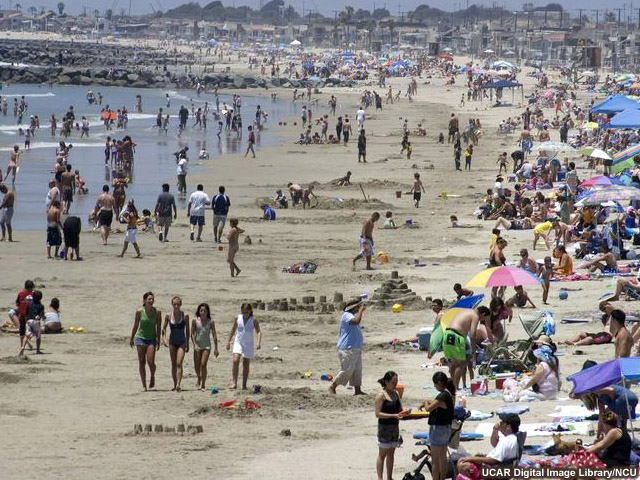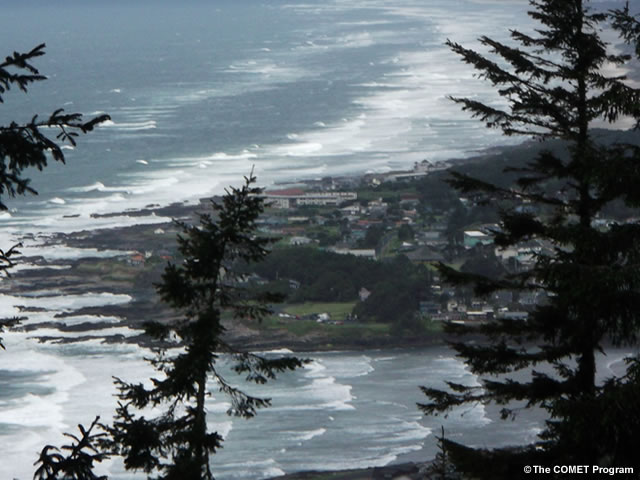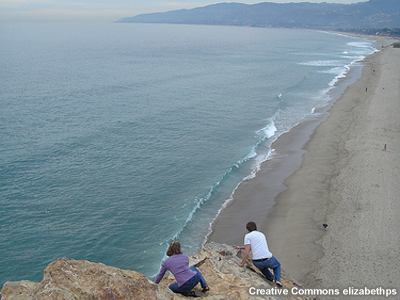Before a Tsunami
Tsunamis can come from both distant and local sources. Either type requires proper preparation.
Do you know what to do to make sure you and your family are prepared?
Question 1
Select the appropriate steps for preparing for a tsunami. (Choose all that apply.)
The correct answers are b) and c).
Question 2
Select the appropriate steps for preparing for a tsunami. (Choose all that apply.)
The correct answers are a) and d).
Question 3
Select the appropriate steps for preparing for a tsunami. (Choose all that apply.)
The correct answers are a), b) and d).
These actions are steps you should take to make sure you and your family are prepared in case a tsunami happens. Being prepared for a tsunami means not planning to go to the beach to surf or take photographs, or waiting for a receding wave to go beach-combing. It's also important to know that a tsunami is usually more than one wave and that subsequent waves can be bigger. Know your safe zone and how to get to it, and be prepared to stay there until authorities tell you it is OK to return to areas within the hazard zone.

Preparing ahead of time can save your life and prevent potential chaos if an event occurs. Your preparations should account for where you might be when you feel an earthquake or hear the siren.

What if you are at school and your parents are at work? What if you are at a friend's house?

What if you are vacationing in a tsunami-prone area? We'll step through some of the actions involved in preparing for a tsunami so that by the end of this lesson you'll be on the way to developing your own family tsunami plan.
